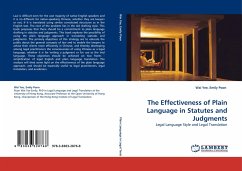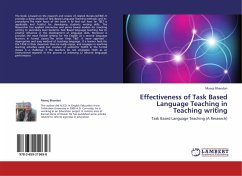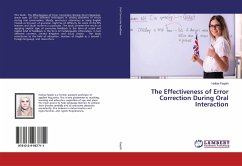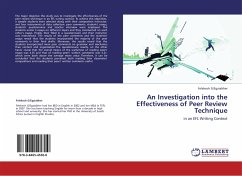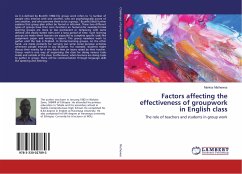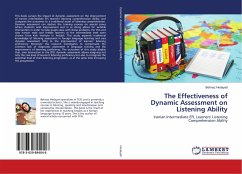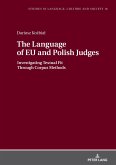Law is difficult even for the vast majority of native English speakers and it is no different for native-speaking Chinese, whether they are lawyers or not, if it is translated using similar convoluted structures as in the English text. The root of the problem lies in the old drafting style. This book proposes that there should be a commitment to plain language drafting in statutes and judgments. This book explores the possibility of using the plain language approach in translating statutes and judgments. The primary objectives of this strategy are to educate the public about the general concepts of law and to enable the lawyers to advise their clients more efficiently in Chinese, and thereby developing among legal practitioners the consciousness of using Chinese as a legal language, whether it is for writing a judgment or for use as the trial language. These objectives should be achieved on two fronts - simplification of legal English and plain language translation. The analysis will shed some light on the effectiveness of the plain language approach, and should be especially useful to legal practitioners, legal translators, and academics.
Bitte wählen Sie Ihr Anliegen aus.
Rechnungen
Retourenschein anfordern
Bestellstatus
Storno

